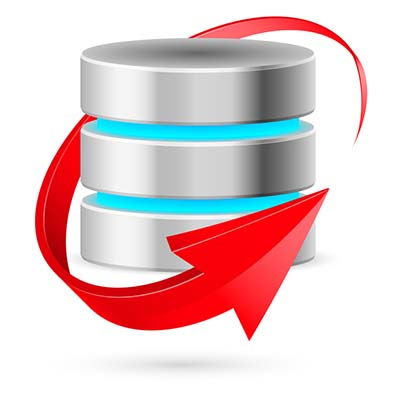
Your data is valuable, and therefore, it has to be protected. One of the best ways to protect your data from any type of threat is by implementing a strong backup program. But how do you go about putting in a backup platform that makes sense for your business. Today, we will talk about enterprise data backup and how to take reliable backups.
When you begin to put together a backup strategy, you have to know what it means to back up your files reliably. A reliable backup is one that will work to put you back in business if for some reason you have to use it. The thing about backups is that you never want to have to use them. Ideally, they are like the flame-retardant system many office buildings install: used only in an emergency.
Why Do You Need a Backup?
Before you think it’s a ridiculous question, understand that a lot of businesses don’t back up anything. In a time when they should be backing up everything, it is a complete misstep, that if things break poorly for them, they won’t have to worry about backups, or payroll, or taxes…they’ll just be out of business. That’s why any business worth its salt backs up their data. Let’s go ahead and assume that yours is a business that knows the value of its data and has a backup solution in place. How do you get the most out of the backup solution so that, in case no data loss ever occurs, that it’s just not a wasteful line-item on a budget?
Building Reliability
It’s not as easy as you may think. Different kinds of organizations have different kinds of data. They have different priorities. They have different needs. Some organizations are going to want a backup and recovery platform that is comprehensive; that is, that backs up everything. Some organizations are just going to need a small fraction of their data backed up. Regardless where you sit on the scale, know that if you don’t create reliable backups, you might as well just save the money it’s going to take to put the backup system in place and take your chances.
So, what do we mean when we say reliable? It’s pretty simple. Every piece of data you would need to be recovered if something were to happen to your business’ technology, recent enough to be useful, and stored elsewhere. That’s what a reliable backup looks like. Think about it, you need your backups to be relevant, to be available, and to be secure if they are going to hold the title of “reliable”.
In order to get the protection, you need out of your backup solutions, we suggest:
- A hard drive-based backup system at the base of your backup platform. By using either an external hard drive or a network attached storage device, you know that a backup can work while you work and provide the physical copy of the data that is advantageous if something has to be restored quickly.
- A cloud-based platform to push the backed-up data to. The cloud presents the best option to get your backed-up data off the premises, while providing the necessary encryption to not put your data at risk.
- Keep copies of data at intervals. Each backup platform can be set up to engage with the other giving you options. You can set your onsite backup system to take constant backups as little as every 15 minutes, while only scheduling a push to the web every six or eight hours. This kind of systematic approach allows you to protect the changes to your data AND provide the speed you need.
- Verification is also important. You need your backup system, no matter what you choose, to tell you that your backup is sound and ready for restoration.
At COMPANYNAME we offer our Backup and Disaster Recovery service that provides all the hardware and software you need to get a reliable backup, every time. If you would like more information about BDR or about building data backup initiatives for your business, call us today at PHONENUMBER.